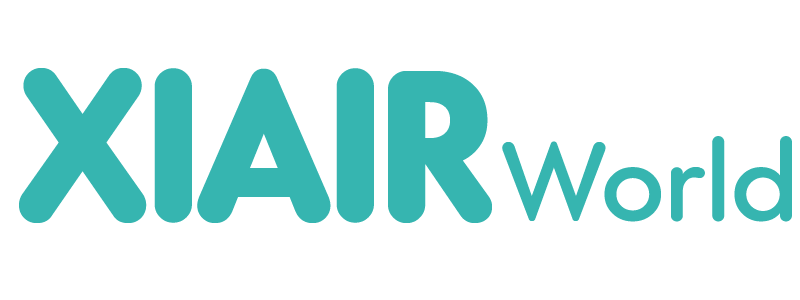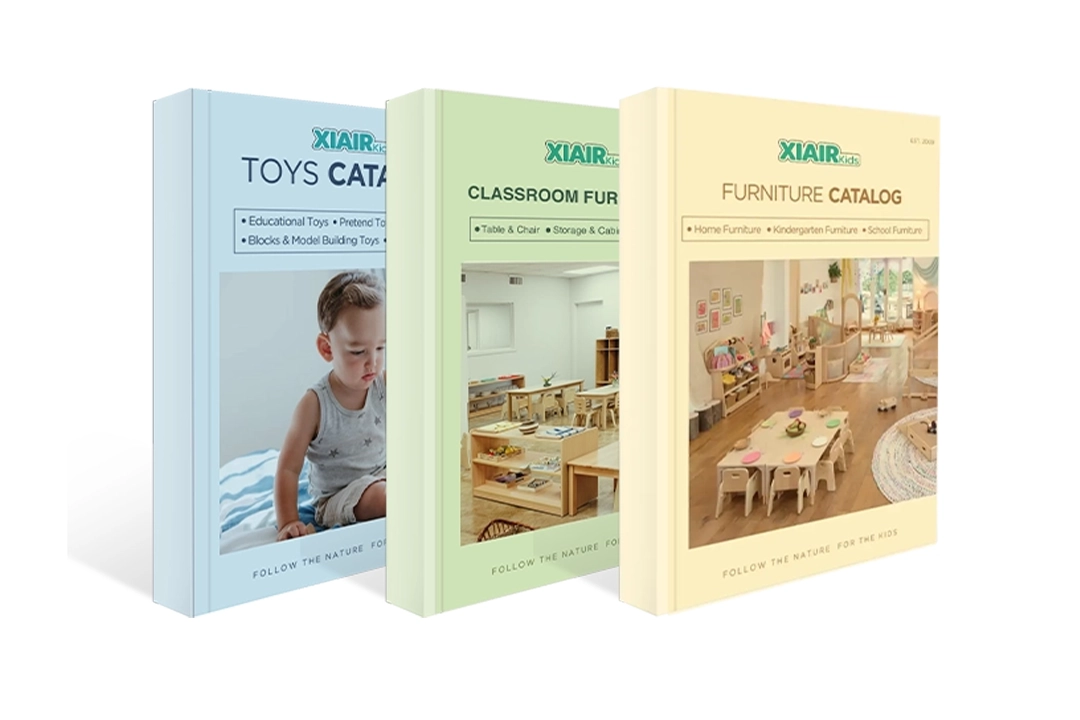Many parents and teachers have heard of STEM Education, but they often feel uncertain about what it really means in practice. Is STEM Education just about teaching science and math, or does it involve something more powerful for children’s growth?
Without clear understanding, STEM Education can easily be overlooked in schools and homes. When that happens, children may miss the chance to build problem-solving skills, creativity, and curiosity. As technology continues to reshape industries, the absence of strong STEM Education could leave future generations unprepared for the challenges ahead.
The good news is that STEM Education offers a way forward. By combining science, technology, engineering, and mathematics into hands-on learning, STEM Education helps children connect classroom knowledge to real-life situations. This approach ensures they are ready to innovate, adapt, and thrive in a rapidly changing world.

What is STEM Education?
The core of STEM education is a student-centered, integrated teaching approach that encompasses science, technology, engineering, and mathematics.
Rather than viewing these disciplines as separate areas of study, STEM integrates them into a unified curriculum that is typically hands-on, project-based, and grounded in real-world problem-solving.
In early childhood and elementary education, STEM often takes the form of hands-on activities: building towers with blocks, experimenting with magnets, or using simple programmable robots. These tactile and playful experiences lay the foundation for more advanced STEM learning.
Building a simple bridge in class may involve:
- 과학: Understanding forces and gravity
- Technology: Using digital tools to design or test the model
- Engineering: Applying principles to construct the structure
- Math: Measuring angles, calculating load capacity

The History of STEM Education
The term STEM might feel like a modern invention, but its origins trace back over two decades. Initially coined by the U.S. National Science Foundation (NSF) in the early 2000s, STEM was a response to growing concerns about America’s global competitiveness in scientific and technological innovation.
Interestingly, the original acronym was SMET—Science, Math, Engineering, and Technology. But it was quickly rearranged to the more palatable “STEM.” Behind this semantic change was a deeper strategic push: to promote an educational model that could fill the skills gap, foster innovation, and support a 21st-century workforce.
What began as a U.S.-centric initiative quickly gained traction internationally. Countries like China, Finland, South Korea, and Singapore recognized that future economic success would hinge on innovation, research, and digital fluency. As such, STEM education became a cornerstone of national education reforms around the world.
PISA (Programme for International Student Assessment) results further fueled this global push. Countries leading in STEM-related literacy were also leading in economic development, innovation, and productivity.

Why is STEM Education Important?
STEM Education equips children with a framework for thinking and solving problems that transcends school. It builds competencies needed for life, not just exams.
1. Equips Students for the Future Workforce
Modern jobs increasingly demand analytical thinking, technological literacy, and adaptability. STEM education builds computational thinking, data analysis, and problem-solving skills that align with the demands of AI, automation, biotechnology, and green technologies.
2. Develops Critical Thinking and Problem-Solving
Through open-ended challenges, experimentation, and iterative processes, students develop critical thinking skills. They learn to formulate hypotheses, conduct tests, analyze results, and refine their approaches, thus preparing them for academic rigor and the complexities of the real world.
3. Enhances Engagement and Motivation
When learning is linked to tangible, meaningful tasks, such as designing, building, and testing, students become active participants. This engagement fosters deeper cognitive processing, perseverance through challenges, and a greater sense of ownership.
꿈만 꾸지 말고, 직접 디자인하세요! 맞춤 가구에 대한 니즈를 함께 이야기 나눠요!
4. Promotes Creativity and Innovation
STEM learning isn’t rote; it prompts creative ideation, rapid prototyping, redesign, and storytelling. Learners shape solutions rather than absorb facts, aligning with future needs for inventive thinkers.
5. Supports Interdisciplinary Competence
STEM fosters integrated knowledge, integrating scientific theory, mathematical reasoning, engineering design, and technological tools. This cohesive thinking reflects real-world ecosystems, not artificial academic silos.
6. Advances Equity and Social Mobility
Effective STEM education, especially when accessible and inclusive, can open pathways for underrepresented groups, close opportunity gaps, and foster upward mobility. When students from diverse backgrounds participate in STEM education, communities benefit from increased innovation and representation.

STEM Teaching Models
Effective STEM education is not defined solely by content but by the teaching models used to deliver it. The pedagogical approach plays a significant role in determining how deeply students engage with STEM concepts, how well they retain knowledge, and how confidently they apply skills in unfamiliar contexts.
Below are the most widely recognized and research-backed STEM teaching models. Each offers different benefits and can be tailored to classroom or home learning environments.
Project-Based Learning (PBL)
PBL places students at the center of a meaningful, long-term project rooted in a real-world problem. In STEM settings, this might involve building prototypes, designing experiments, or solving community issues.
이익:
- Encourages deep inquiry and sustained engagement
- Promotes teamwork, accountability, and iterative thinking
- Links STEM content with civic and environmental responsibility
예: A middle school team designs a wind-powered water pump for a drought-prone village, integrating physics (energy), engineering (design), and math (measurements).
Inquiry-Based Learning (IBL)
~ 안에 IBL, students drive the learning process by asking questions, forming hypotheses, conducting investigations, and drawing conclusions. The teacher acts as a facilitator rather than an information provider.
이익:
- Develops scientific literacy
- Encourages curiosity and evidence-based reasoning
- Supports differentiated instruction for varied learning levels
예: In a biology unit, students are asked, “How do different environments affect plant growth?” They design their own experiments and collect data over time.
Design Thinking
Originating in engineering and business, design thinking is a solution-oriented framework that focuses on empathy, ideation, prototyping, and testing.
이익:
- Cultivates empathy-driven problem solving
- Ideal for addressing social or environmental issues
- Fosters creativity and iterative learning
예: Students develop assistive technologies for people with disabilities after interviewing real users and identifying their needs.
Blended and Online Learning Models
Blended learning combines in-person instruction with digital platforms, making it ideal for remote STEM learning or hybrid classrooms.
이익:
- Provides flexibility and accessibility
- Offers personalized learning paths via adaptive technologies
- Encourages self-directed skill acquisition
Caution: Requires digital equity and responsible screen time monitoring.
Flipped Classroom
In the flipped model, students access instructional content (videos, readings) at home and spend classroom time on hands-on activities, discussions, or lab work.
이익:
- Maximizes in-class time for collaboration
- Encourages self-paced learning
- Supports content retention through active engagement
Best for: High school or older students with access to technology and independent study skills.
꿈만 꾸지 말고, 직접 디자인하세요! 맞춤 가구에 대한 니즈를 함께 이야기 나눠요!
STEM vs STEAM: What’s the Difference?
| 특징 | STEM | STEAM |
|---|---|---|
| 정의 | Integrates Science, Technology, Engineering, and Mathematics | Expands STEM to include the Arts (STEAM: Science, Technology, Engineering, Arts, Mathematics) |
| Primary Goal | Develop analytical, technical, and problem-solving skills | Combine analytical and technical thinking with creativity, empathy, and innovation |
| 집중하다 | Emphasis on logic, reasoning, experimentation, and quantitative analysis | Includes visual design, storytelling, emotional intelligence, and interpretive thinking |
| 개발된 기술 | Coding, data analysis, engineering design, scientific inquiry | Adds communication, collaboration, cultural context, and imaginative design |
| Career Paths | Engineering, data science, robotics, biotechnology, software development | All STEM fields plus digital arts, user experience design, architecture, education technology |
| 평가 방법 | Often project-based, using quantitative rubrics, prototypes, and testing | Adds narrative portfolios, exhibitions, multimedia presentations |
| 교육 철학 | Traditional scientific rigor and experimental control | Interdisciplinary exploration with equal weight to expression and form |
STEAM Blended Learning
STEAM blended learning integrates digital tools and interdisciplinary pedagogy with age-appropriate cognitive development. Below are tiered models by school level, each tailored to the developmental needs and capacities of students:

Early Childhood STEM Education
At the preschool level, STEAM learning is mostly exploratory and sensory-based. It emphasizes:
- Playing with shapes, patterns, and textures
- Using picture books to explore nature, machines, or art
- Experimenting with light, color mixing, and sounds
- Simple cause-effect explorations (e.g., what floats and sinks)
Here, learning is process-oriented, not product-driven. The goal is to foster curiosity, not mastery.

Elementary School STEM Education
From grades 1 to 5, STEAM becomes more structured yet still playful:
- Students engage in basic coding using visual languages like Scratch
- Projects combine storytelling with science (e.g., writing about plant growth cycles)
- Art is used to model scientific ideas—like painting water cycles or building clay planets
- Group projects build collaborative and communication skills
The emphasis is on multimodal learning—allowing students to show understanding in various ways, not just through tests.

Middle School STEM Education
This is the critical period where many students either become confident in STEAM or begin to disengage. Key STEAM strategies include:
- Introducing real-world design challenges (e.g., eco-friendly city planning)
- Exploring cultural and historical contributions to science and art
- Using 3D printing, robotics, and digital media for project creation
- Integrating math with art through patterns, geometry, and symmetry
Educators at this stage must be vigilant about gender and equity gaps. They must ensure that all students, especially girls and underrepresented minority groups, feel empowered and included.

High School STEM Education
Here, STEAM education becomes deep, rigorous, and career-oriented:
- Students work on interdisciplinary capstone projects
- Courses like “Engineering and Ethics” or “Art and Artificial Intelligence” are introduced
- College and career readiness programs, including internships and industry mentorships, are embedded
- Blended learning platforms allow students to explore interests beyond the classroom
High school STEAM prepares students not just for university—but for life-long adaptability and innovation.
당신에게 딱 맞는 교실을 클릭 한 번으로 만나보세요!
STEM Toys and Resources for Children
STEM 장난감 serve as gateways to discovery, learning, and long-term engagement with science and technology. Quality STEM resources aren’t just entertaining—they are aligned with developmental milestones and educational goals.
Open-Ended Building Toys
- Wooden blocks
- 자석 타일
- Interlocking gear sets
Coding Toys
- Screen-free robots that follow sequences
- Beginner coding platforms like Scratch or Cubetto
- Augmented reality books that teach programming logic
Math Games
- Montessori number rods and counters
- Puzzle toys
- Dice games and pattern boards
Nature-Based Science Kits
- Planting experiments
- Magnet exploration
- Bug observation kits

Challenges Facing STEM Education
Despite its promise, the path to widespread, equitable, and impactful STEM education is fraught with challenges. These obstacles must be addressed with urgency and nuance.
Access and Equity
- Disparities in funding result in unequal access to labs, technology, qualified teachers, and extracurricular opportunities.
- Rural, low-income, and underrepresented student populations often face barriers in accessing robust STEM programs.
Teacher Training and Support
- Many teachers lack formal preparation in interdisciplinary STEM instruction.
- Ongoing professional development is either unavailable or fragmented, limiting instructional quality.
Curriculum Rigidity
- Standardized testing often narrows the curriculum, leaving little room for inquiry, creativity, or interdisciplinary exploration.
- Many STEM programs remain focused on content delivery, not application, analysis, or innovation.
Gender and Racial Gaps
- Persistent biases and lack of representation affect student engagement and performance.
- Many girls and students of color face stereotyping or limited encouragement in advanced STEM pathways.
Resource Dependency
- High-quality STEM programs often depend on expensive equipment or materials, creating scalability issues.
- Digital divide issues still plague schools, particularly in underfunded regions.

What Careers Are Considered STEM Careers?
One of the primary goals of STEM Education is to prepare students for the careers of tomorrow. These roles extend far beyond the stereotype of “engineer” or “software developer.”
Here are key career fields under the STEM umbrella:
과학
- Environmental Scientist
- Biochemist
- Epidemiologist
- Forensic Analyst
- Food Scientist
Technology
- Software Developer
- Data Scientist
- IT Systems Analyst
- Cybersecurity Specialist
- AI/Machine Learning Engineer
Engineering
- Civil Engineer
- Mechanical Engineer
- Aerospace Engineer
- Robotics Engineer
- Renewable Energy Engineer
수학
- Actuary
- Statistician
- Quantitative Analyst
- Operations Research Analyst
- Math Educator
Health and Medical Technology
- Biomedical Engineer
- Genetic Counselor
- Medical Data Analyst
- Laboratory Technician
꿈만 꾸지 말고, 직접 디자인하세요! 맞춤 가구에 대한 니즈를 함께 이야기 나눠요!
자주 묻는 질문
- How Do Teachers Teach STEM?
Effective STEM teaching is hands-on, interdisciplinary, and inquiry-based. Teachers use real-world problems, collaborative projects, technology, and iterative design strategies. - How Can Parents Encourage STEM?
Parents can foster STEM at home through curiosity-driven conversations, hands-on projects, STEM toys and apps, virtual learning, and celebrating learning processes—even failures. - Is STEM Only for Science and Math Majors?
Not at all. STEM builds versatile thinking applicable to design, business, health, art, or social sciences. It emphasizes skills, not just subject specialization.
결론
STEM education is not just a trend; it’s a revolution. As the world becomes increasingly complex, interconnected, and technology-driven, the skills fostered by STEM are more important than ever.
Whether you’re a parent nurturing your child’s curiosity at home or a teacher designing your next semester’s curriculum, remember:
- Start small but think big—every question, problem, or project is an opportunity.
- Embrace failure as a learning tool.
- Let students drive their own learning journeys.
- Ground your practices in equity, relevance, and high expectations.
Education is no longer about preparing students for a static world; it’s about equipping them to shape the future. And STEM education, when done right, can give them the tools, mindset, and confidence to achieve that.



